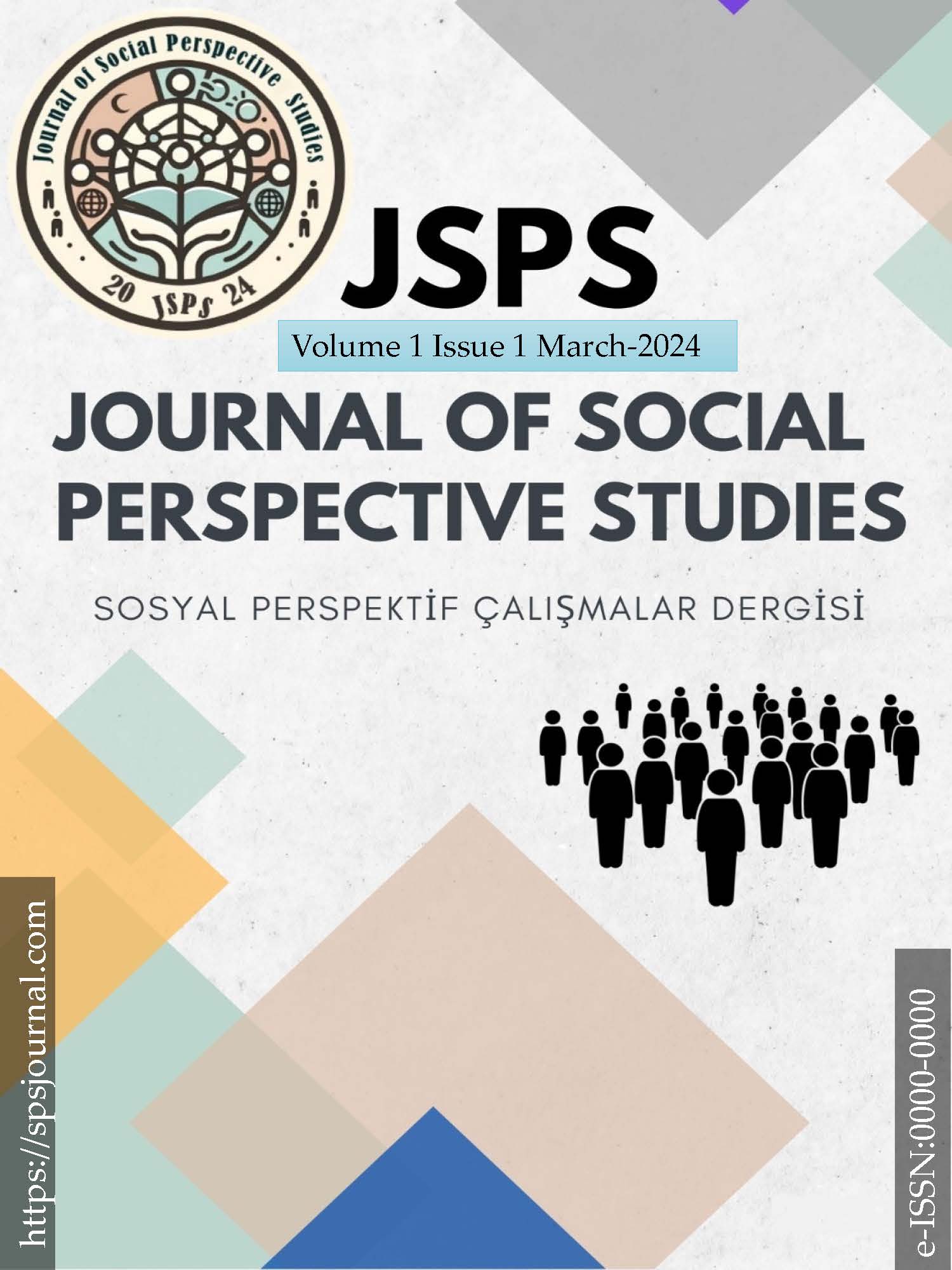Social Media Imprisons People in Their Likes: The Example of Youtube and The Surveillance Society
The Example of Youtube and the Surveillance Society
DOI:
https://doi.org/10.5281/zenodo.10928519Keywords:
Social Media, Surveillance, YouTube, Fluid Life.Abstract
The emergence of new technologies has enabled the diversification and accumulation of knowledge worldwide. With the advent of Big Data, large datasets, and their analyses, it has become possible to make predictions tailored to people's preferences easily. It is known that platforms like YouTube, one of the most widely used platforms, utilize artificial intelligence algorithms to recommend videos that users might like in order to sustain their platform. Evaluating this issue within the context of internet and new media technologies, which are among the most fundamental areas of surveillance today, would be appropriate. As users watch a video on a certain topic on YouTube, consciously or unconsciously, they fall into a network of similar videos. In other words, users willingly or unwillingly confine themselves to a filter bubble they have created. The purpose of this article is to demonstrate, through various studies, how YouTube, through surveillance and artificial intelligence, confines people to their own preferences. In the methodology of this paper, a literature review has been conducted on the specific subject matter. In this context, the primary aim of my study has been to demonstrate, through various studies, how YouTube traps people within their own preferences through surveillance and artificial intelligence
References
Babacan, E, M. (2014). “Sosyal Medya Sonrası Yeni Toplumsal Hareketler”, Birey ve Toplum Sosyal Bilimler Dergisi, 4 (1), s.135-160.
Bauman, Z. (2001). Parçalanmış Hayat: Postmodern Ahlak Denemeleri, Çeviren: İsmail Türkmen, Ayrıntı Yayınları, İstanbul.
Bauman, Z. (2011). Akışkan Modern Dünyadan 44 Mektup, Çeviren: Pelin Siral, Habitus Yayıncılık, İstanbul
Bauman, Z. (2020). Akışkan Hayat. Çeviren: Akın Emre Pilgir. Ayrıntı Yayınları, İstanbul
Bauman, Z. ve Lyon, D. (2013). Akışkan Gözetim. Çev. Elçin Yılmaz. Ayrıntı Yayınları. İstanbul
Bauman, Z.. (2000). Liquid Modernity. Cambridge: Polity Press
Bentham, J. (2016). “Panoptikon ya da Gözetim Evi”, Panoptikon Gözün İktidarı (iç), Çeviren: Zeynep Özarslan, Hazırlayan: Barış Çoban ve Zeynep Özarslan, Su Yayınları, İstanbul,
Binark, F. (2017). Algoritmaların Yarattığı Yankı Odalarında Siyasal Katılımın Olanak/Sızlı/Ğı:“Olmak Ya Da Olmamak İşte Bütün Mesele Bu Mu?…”. Varlık.
Elliott, A.(2017). Çağdaş Sosyal Teoriye Giriş, Çeviren: Selda Taşdemir-Afşar ve Diğerleri, Dipnot Yayınları, Ankara
Foucault, M. (1992). Hapishanenin Doğuşu, Çeviren: Mehmet Ali Kılıçbay, İmge Kitabevi Yayınları, Ankara.
Han, B.C. (2017). Şeffaflık toplumu. Ayrıntı Yayınları, İstanbul.
İlangovan, A., Beswick, R., & Sarojini, B. (2021, December). The Impact of YouTube Personalization Algorithm on UserGenerated Content Creation in India. In 2021 2nd International Conference on Communication, Computing and Industry 4.0 (C2I4) (pp. 1-6). IEEE
Karakaya, A. (2014). Yeni İletişim Ortamları İle Sömürgeciliğin Dönüşümü Gözetim Olgusu ve Bireylerin Farkındalık ve Teslimiyetleri Üzerine Bir Araştırma, Marmara Üniversitesi Sosyal Bilimler Enstitüsü Yüksek Lisans Tezi, İstanbul.
Kılınç, D., & Başeğmez, N. (2019). Uygulamalarla Veri Bilimi Yapay Zekâ ve Makine Öğrenmesi. İstanbul: abaküs
Lyon, D.. (2013). Gözetim Çalışmaları Genel Bir Bakış. Çev. Ali Toprak. Kalkedon Yayınları. İstanbul
Miller, D. (2012). Social Networking Sites. Digital Anthropology (1.baskı) içinde (s. 146- 161). London: Berg Publishing.
O’Callaghan, D., Greene, D., Conway, M., Carthy, J., & Cunningham, P. (2015). Down the (White) Rabbit Hole: The Extreme Right and Online Recommender Systems. Social Science Computer Review, 33(4), 459-478
Özger, Ö. (2016). “Gözetim Kavramının Tarihsel Gelişimi ve Elektronik Gözetim”, Siber Politikalar Dergisi, 1(1), s.5-31
Özuz, E. (2018). Dijital sosyoloji perspektifinden toplumsal değerlerin değişme sürecinde youtuberlar: ilköğretim öğrencileri örneği. Hacettepe Üniversitesi Sosyal Bilimler Enstitüsü Sosyoloji Ana Bilim Dalı Yüksek Lisans Tezi. Ankara
Snickars, P., & Vonderau, P. (Eds.). (2009). The YouTube Reader (p. 9). Stockholm: National Library of Sweden.
Suvay Eker H. & Orkan S. (2023).Tavsiye sistemleri: youtube tavşan deliğinden aşağı düşmek. Gümüşhane Üniversitesi Sosyal Bilimler Dergisi, 14(1), 187-196
Downloads
Published
How to Cite
Issue
Section
License
Copyright (c) 2024 Ahmet Faruk Koşar

This work is licensed under a Creative Commons Attribution 4.0 International License.






